#modern weekly style magazine
Text

Photographed by Hailun Ma for Modern Weekly Style
#im obsessed#modern weekly style#modern weekly china#modern weekly style magazine#modernweeklystyle#hailun ma#hailunma#卷老师
24 notes
·
View notes
Text

By Julian Song for Modern Weekly Style
703 notes
·
View notes
Text

Kiko Mizuhara
115 notes
·
View notes
Text

Yoonmi Sun captured by Pieter Hugo for Modern Weekly China March 2023
#modern weekly china#modern weekly#fashion magazine#editorial#fashion photography#fashion editorial#leather trench coat#style
153 notes
·
View notes
Photo




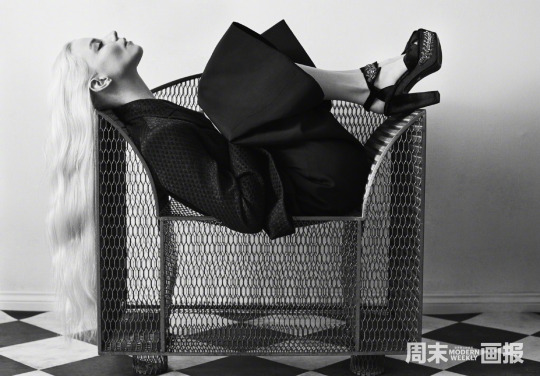

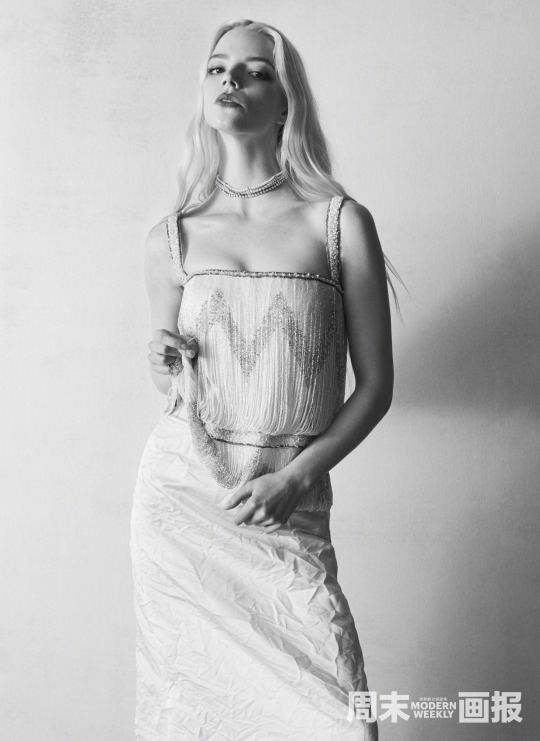


Anya Taylor-Joy, photographed by Josh Olins for Modern Weekly Style China, April 2023
#Anya Taylor-Joy#Josh Olins#fashion#fashion shoot#editorial#cover#magazine cover#cover shoot#Modern Weekly#Modern Weekly China#Modern Weekly Style#Modern Weekly Style China#actor#actress#style#fashion photography
137 notes
·
View notes
Text

Jodie Comer by Elizaveta Porodina
#jodie comer#elizaveta porodina#killing eve#the bikeriders#villanelle#villaneve#fashion#gothic#couture#beauty#modern weekly china#modern weekly#modern weekly style#style#fashion photography#vogue china#editorial#vogue magazine
8 notes
·
View notes
Text










Jodie Comer by Elizaveta Porodina for Modern Weekly Style, styled by Kingsley Tao.
Published 10 June 2024.
#jodie comer#elizaveta porodina#fashion photography#fashion#editorial#2024#kingsley tao#modern weekly style#fashion magazine#mmfd cast
10 notes
·
View notes
Text

Anya Taylor Joy for Modern Weekly Magazine China
16 notes
·
View notes
Text








Anya Taylor Joy for Modern Weekly Style China
#anya taylor joy#actress#actor#model#magazine#photoshoot#fashion#style#famous#celebrity#hair#makeup#modern weekly style
7 notes
·
View notes
Photo
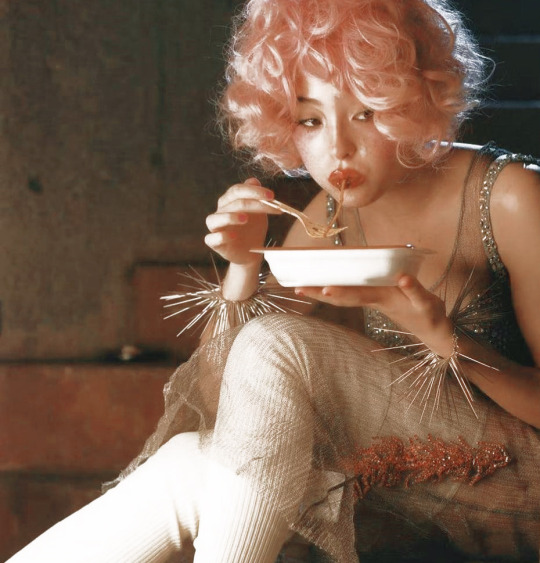
serena motola by fish zhang for modern weekly style magazine, 2022
3K notes
·
View notes
Text

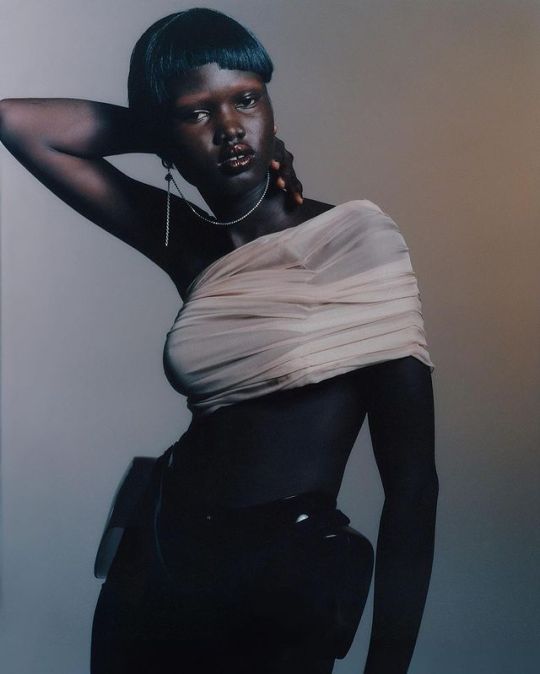

Nyakong Chan by Annie Lai for Modern Weekly Style Magazine January 2024
406 notes
·
View notes
Photo









ANYA TAYLOR-JOY
for Modern Weekly Style Magazine China (April 2023)
#anya taylor joy#ataylorjoyedit#anyataylorjoyedit#edits#userrobin#glamoroussource#wonderfulwomendaily#tusertha#userfrodosam#femalestunning#usermandie#flawlessbeautyqueens#usermorgan#tusermary#userlau#usersameera#nessa007#useralessia
631 notes
·
View notes
Text
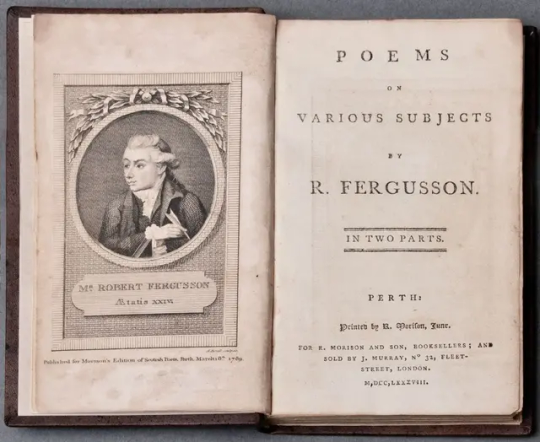



On September 5th 1750, the poet Robert Fergusson was born in the Canongate in Edinburgh.
Most of you will not have heard of Robert Fergusson, he suffered from ill health, physical and mental, during his short life, he passed away in barbarous conditions in Edinburgh's notorious Bedlam.
Doctor Andrew Duncan, the name might be familiar to those from Edinburgh, on finding Fergusson before being admitted to the "hospital" described him as being in a "state of furious insanity" he saw no choice but to have Fergusson taken to the city's Bedlam madhouse.Conditions at the Bedlam, which was attached to the Edinburgh Charity Workhouse behind modern-day Teviot Place, were notoriously awful. Patients were treated as inmates, locked in cold stone-flagged cells, with only straw for bedding.
Fergusson may have only lived for 24 years, the last of which was traumatic, but those short years not only inspired Scotland’s best-known bard Robert Burns and the writer Robert Louis Stevenson, it also paved the way for better treatment of people with mental health conditions thanks to the aforementioned Dr Duncan.
Robert Fergusson was born of Aberdeenshire parents in Cap-and-Feather Close, in Edinburgh’s Old Town, on 5 September, 1750. The street has since disappeared, having been demolished during Fergusson’s lifetime to make way for the North Bridge, many of you will have walked over where Cap-and-Feather Close, it is said to have been where the junction at the Tron Church is, the road that now takes you over North Bridge towards Princes Street.
After primary education in Edinburgh, Fergusson entered the city’s High School in 1758, attaining a bursary to attend the Grammar School in Dundee in 1762. Two years later, he enrolled in St. Andrews University. As a student, Fergusson became infamous for his pranks, having once come close to expulsion. Despite this riotous reputation, the poet’s education stayed with him, he moved back to Edinburgh to support his mother, after the death of his father.
He got a job as a copyist for the Commissary Office main concern was, of course, poetry, and on 7 February, 1771 he anonymously published the first of a trio of pastorals in Ruddiman’s Weekly Magazine. Originally he wrote in English but by 1772 he had started to use the Scottish dialect in the standard Habbie verse form - a form which would later be copied and made famous by Robert Burns, indeed this style is now called the Burns stanza, perhaps it should be The Fergusson Stanza?
Fergusson’s own muse was Allan Ramsay and, like the be-turbaned Ramsey, followed a bit of a bohemian lifestyle in Edinburgh, which was then at the height of an intellectual and cultural tumult as the nerve centre of the Scottish Enlightenment. He wrote a total of fifty poems in Scottish English and thirty-three in the Scots language, but it is for his remarkable exploits in the latter genre that he should be acknowledged and acclaimed. His poetic subject matter paints vivid accounts of the life and characters of ‘Auld Reekie’ and drunken encounters with the notorious Edinburgh City Guard of Captain Porteous, the ‘Black Banditti’ of ‘The Daft Days’.
Fergusson began to suffer from depression in 1773, biographers have described his condition as ‘religious melancholia’, but regardless of whether or not that was the case, he gave up his job, stopped writing, withdrew completely from his riotous social life, and spent his time reading the Bible. He had heard about an Irish poet, John Cunningham, who had died in an asylum in Newcastle. That inspired 'Poem to the Memory of John Cunningham', and Fergusson became terribly afraid that the same thing was going to happen to him. Tragically, his dark prediction came true. In August, 1774, Fergusson fell down a flight of stairs and received a bad head injury, after which he was deemed ‘insensible’. His friend, the good doctor Andrew Duncan, had no choice but to admit him to Darien House "hospital", Bedlam, where after a matter of weeks, he suddenly died. He had only just turned 24.
I return to the fact that Burns was a fan and after Fergusson’s death Burns wrote of him, “my elder brother in misfortune, by far my elder brother in the muse.”
Fergusson was buried in an unmarked plot in The Canongate Kirkyard. On visiting Edinburgh in 1787, Burns paid for a headstone over his long-neglected grave, commemorating Fergusson as ‘Scotia’s Poet. I have taken many friends to visit Fergusson's last resting place over the years, mainly down to my late mother's love of Burns, but also because I love showing people around my home town.
The picture shows the statue of Robert Fergusson outside the Canongate Church, if passing go pay your respects to the man, who inspired Rabbie Burns, who, under different circumstances might have been lauded as our National Bard, if you like a wee whisky perhaps raise a glass tonight on what might have been "Fergusson's Night"
This few lines are from The Daft Days, by Fergusson, you will get the drift of Edinburgh being a comforting, hospitable place where they aren't afraid of a drink, which is a s true today as it was in 1772 when they were written.
Auld Reikie! thou’rt the canty hole,
A bield for many caldrife soul,
Wha snugly at thine ingle loll,
Baith warm and couth,
While round they gar the bicker roll
To weet their mouth.
12 notes
·
View notes
Text

Jack Davison: for Modern Weekly Style magazine.
16 notes
·
View notes
Text

#modern weekly china#modern weekly#fashion magazine#editorial#fashion photography#fashion editorial#leather trench coat#style
77 notes
·
View notes
Photo


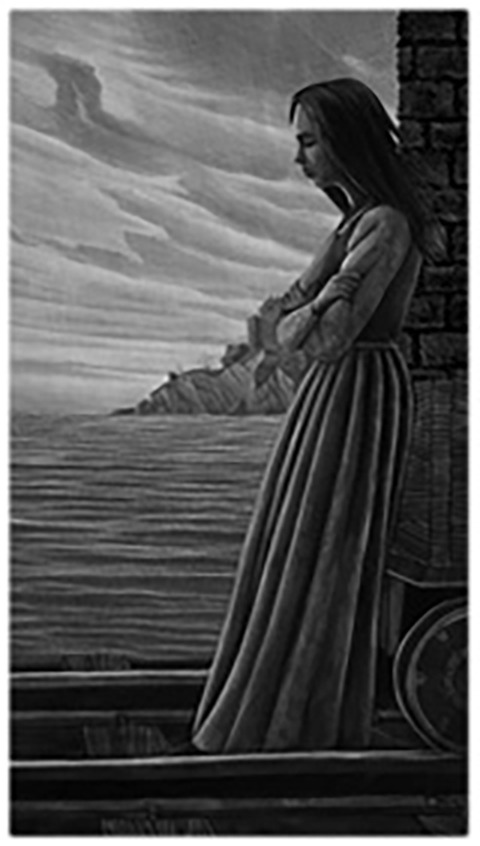
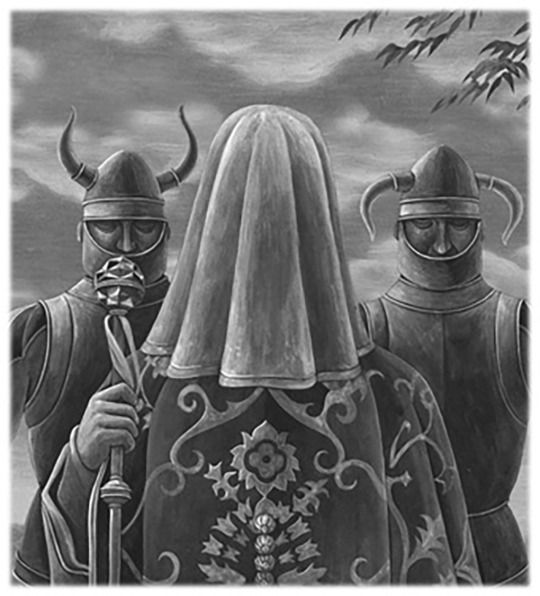
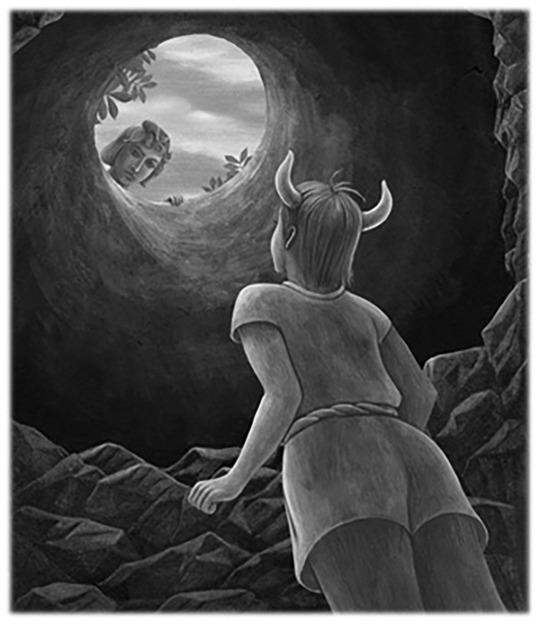


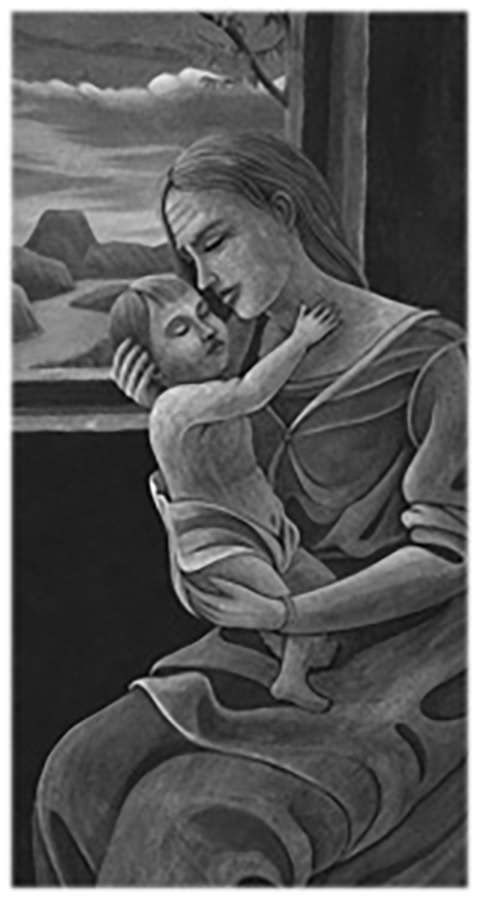
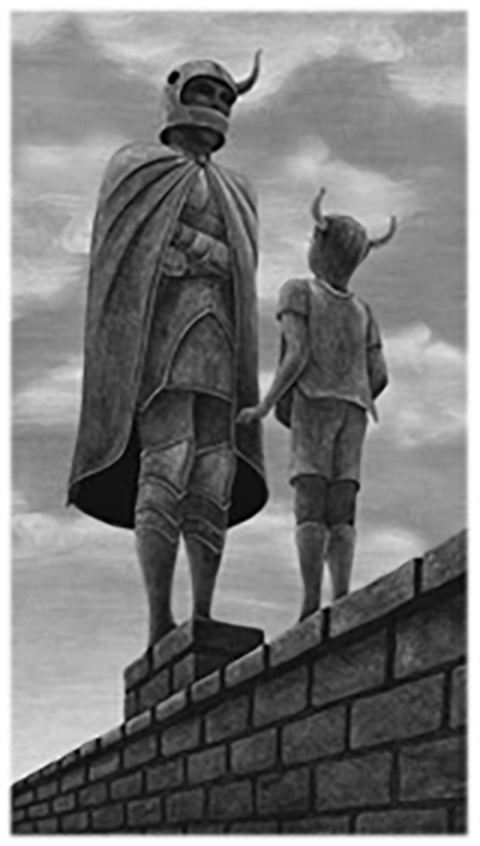
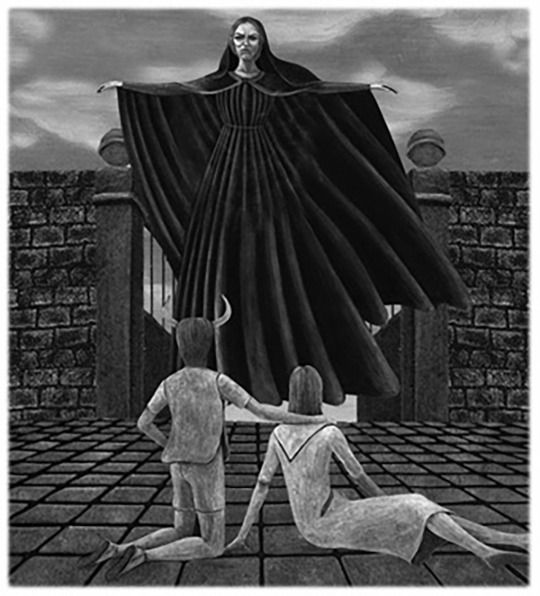
Before obtaining a book deal with Kodansha in 2004, Miyuke Miyabe’s novel adaptation of ICO, entitled ‘Kiri no Shiro’ (Castle in the Mist), was first published as a weekly serial on the Shūkan Gendai magazine between May 2002 and May 2003. For the occasion, Miyabe teamed up with preeminent illustrator and long time collaborator Shinsaku Fujita, whose artworks adorned the covers of most her every book.
Because Miyabe took certain liberties when deviating from the original story and concept, Fujita’s illustrations do reveal a host of characters and events finding no parallel with the game experience itself. Other drawings produce highly evocative reproductions of some its most emblematic moments, demonstrating not only firsthand knowledge but a veritable affinity for Fumito Ueda’s debut work. Departing from his habitual style, quite possibly due to ICO finding its own references within ancient and contemporary Italian art, the presence of the Italian renaissance masters is strongly felt in each of the seventy illustrations he created. It is fascinating how the artist restructures elements of the story to fit the period’s composition of prevalent religious icons, such as the Madonna and the Child or the Dead Christ. Together, they display an extraordinary reverence for Masaccio, Mantegna, Titian and Botticelli, to mention only a few.
Fujita earned a reputation in Japan for illustrating a variety of book editions, most notably the Japanese translations of Stephen King’s and Dean Koontz’s horror paperbacks. He also famously produced the artwork for a special edition of Edogawa Ranpo’s popular sleuth novel series ‘The Boy Detectives Club’. Japanese horror game enthusiasts will recognize his brushstroke from the original Siren game cover art, as well as that of Famitsu’s ‘Silent Hill Perfect Navigation Book’. Perhaps an even lesser known fact is that Fujita also created spellbinding cover for the 2001 Playstation edition of Yoshitaka Nishida’s RPG maker cult classic, ‘Palette: Forget me Not'.
Because these illustrations were a requirement that needed to be met for the publishing of a novel in Kodansha’s Modern Weekly magazine, as is quite customary in the case of such serializations, they were never again featured in any of the different editions of Miyabe’s book. If I am allowed a personal closing remark, I must say that I was astounded to find no mention whatsoever of these works anywhere online, even in dedicated wikis. I lived all these years assuming someone else from among the ever-inquisitive community had picked this up - apparently, that was not the case. Two decades too late, I nevertheless uploaded the complete gallery of illustrations to a Flickr album for your perusal.
#ico#fumito ueda#castle in the mist#miyuki miyabe#novel#illustration#shinsaku fujita#artwork#rennaisance art
216 notes
·
View notes